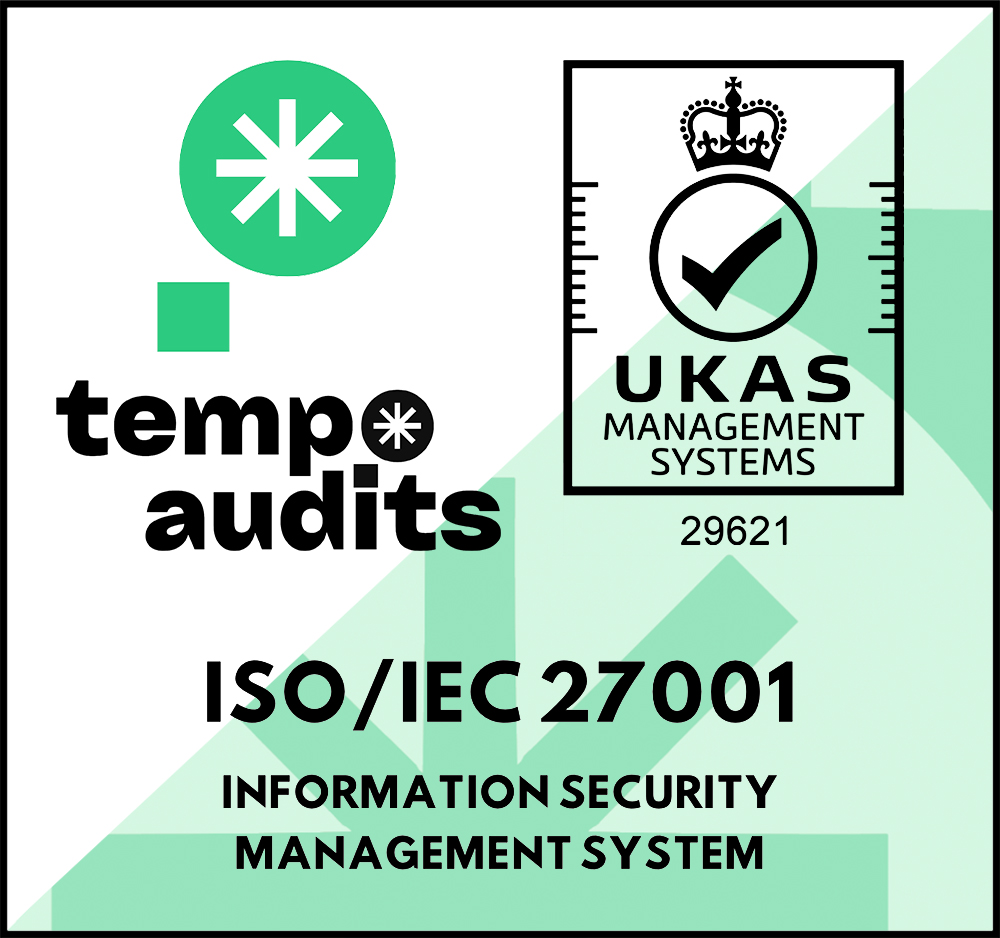
Connect Google Cloud Monitoring to All Quiet
😎 In under 5 min: Connect Your Google Cloud Monitoring to All Quiet.
Published: Friday, 20 October 2023
Introduction
Connecting Google Cloud Monitoring to All Quiet enhances your alerting management capabilities, ensuring a more efficient response to critical incidents. This brief guide will overview the process, highlighting the key steps and directing you to our detailed documentation for in-depth instructions.
Achieve integration in under 4 minutes and significantly improve your incident management system. For a step-by-step guide, please visit our Google Cloud Monitoring Integration Documentation.
Integration Overview
Integrating Google Cloud Monitoring with All Quiet involves:
- Creating a Google Cloud Monitoring integration on All Quiet to obtain a webhook URL.
- Setting up a notification channel in Google Cloud Monitoring using the All Quiet webhook URL.
- Configuring alerting policies in Google Cloud to utilize the new notification channel.
- Testing the integration to ensure alerts are correctly transformed into All Quiet incidents.
Congratulations! 🥳
By integrating Google Cloud Monitoring with All Quiet, you've significantly upgraded your incident management workflow with advanced monitoring capabilities and streamlined incident escalation & management. For detailed instructions on completing this integration, refer to our comprehensive Google Cloud Monitoring Integration Guide.
Recommended posts
-

Thursday, 02 November 2023
Connect Slack to All Quiet
🚀 In Less Than 60 Seconds: Seamlessly Integrate Your Slack Workspace with All Quiet for Efficient Incident Management Directly Within Slack!
-

Wednesday, 18 October 2023
Connect Microsoft Azure Monitor to All Quiet
🤩 In under 4 min: Connect Your Microsoft Azure Monitor to All Quiet.
Read all blog posts and learn about what's happening at All Quiet.
Product
Solutions
